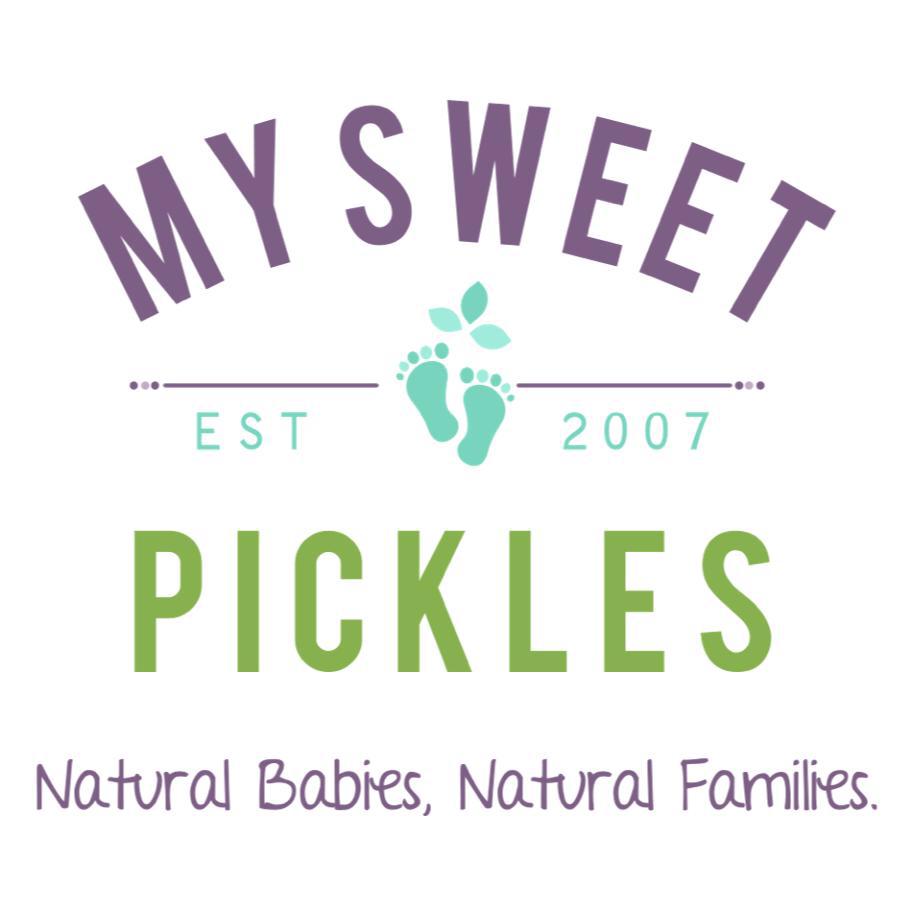
Did you know that over a third (34%) of Americans have no savings whatsoever?
Another 35% have less than $1,000 in savings. That’s not enough to cover many car repairs, much less afford a 30-year retirement.
The average household savings rate in the U.S. in June (the most recent data available) was a paltry 3.8%. It’s no wonder Americans feel like they can’t get ahead, no matter how hard they work.
Too many American families are on this financial treadmill. They work and work and work, but never feel like they get anywhere financially, because nearly every penny they earn goes right back out the door.
If you want to give your household a kickstart, to pull ahead of these dismal averages, you need to get off this treadmill. Here are some family-oriented budget hacks that any mom can implement, to start spending less and saving more.
Baby Budget Hacks
You’ve heard it before: babies are expensive. But do they have to be?
Let’s start with the obvious, as this is a cloth diaper website, after all! From birth to potty-training, the average child goes through about 8,000 diapers by one estimate. At an average cost of $0.25/diaper, that’s $2,000.
Of course, cloth diapers cost money too, but most of those costs are initial purchase costs. Your only real ongoing costs are detergent and water for the laundry loads. You’ll be measuring total costs in hundreds, not thousands. And that’s just for the first child; if you can reuse the same diapers for multiple children, you’ll really start seeing the savings!
I won’t harp on this next point, since young moms get sick of hearing it, but breastfeeding is not only healthier but much, much cheaper. One estimate puts the cost of formula at $2,500/year! I also found it more convenient to breastfeed, and when you’re a young mom, time is golden.
When your child is old enough to start eating “real” food, making it yourself is also a huge money saver. Baby food is surprisingly expensive, and it’s not always obvious what kinds of preservatives, filler and other things go into it.
Throw some fruits, vegetables and protein in your food processor instead, for a natural (and cheaper!) alternative to overpriced baby foods. It also prepares your child’s palate for truly real food. Win-win!
House Hacking
A recent study found that Americans spend a shocking 70% of their income on only three expenses: housing, transportation, and food. We touched on food above, and we’ll get to transportation below, but by far the largest expense for most families is housing.
Which is great news, because it doesn’t have to cost a dime. You can actually live for free, if you’re willing to invest a little work up front.
House hacking involves buying a small (2-4 unit) multifamily property, moving into one of the units, and leasing out the other(s). If you do it right, the rent from the neighbors pays for your mortgage, plus your repairs and maintenance.
At this point most people shake their heads and think “That sounds over my head.” It’s not. FHA loans allow you to buy properties with up to four units with only 3.5% down. Best of all, they also let you use future rents from the other units toward your income, to qualify for the loan!
The other knee-jerk objection people make is “I don’t want to live in an apartment.” So don’t; many multi-unit buildings have several stories, and simply share a wall with another house. Lawns, gardens, patios, and porches all remain on the table.
Consider Tim, an ordinary insurance underwriter house hacking a duplex in the suburbs in Michigan. He has a three-bedroom house with multiple stories, and lives next to another family, who he’s become friends with. These neighbors pay the entire mortgage, plus his repair and maintenance costs.
I even cajoled some free childcare as well, when I house hacked as a young mom!
If you still don’t like the idea of a true multifamily property, you could always rent out a bedroom, or section off an income suite to rent. Easy peasy.
Transportation Hacks
The average family spends far, far too much on transportation.
First and foremost, does your family really need more than one car? Most people instinctively say “Yes, of course!”, but suspend disbelief for the next 60 seconds and assume it’s possible.
Could one (or both) of you bike to work? What if you moved closer to work, while house hacking?
Mr. Money Mustache had a great line: “Biking saves you money and runs on fat. Driving costs you money and makes you fat.” He’s onto something there.
If one partner needs a car only occasionally, could they enter a car-share arrangement with a neighbor? Use public transportation, or maybe Uber? What about ZipCar?
According to the American Public Transportation Association, going from a two-car family to a one-car family saves roughly $10,000/year on average.
Keep in mind, owning a car doesn’t just cost a car payment. It costs insurance, gas, maintenance, parking. It adds up quickly.
If you must drive a car, keep it well maintained. Regular tune-ups alone can improve fuel efficiency by 4%, and proper tire pressure can improve it by another 3.3%. As my husband always drones, it boosts the car’s lifespan, too!
Automate Savings
Everyone loves the idea of savings. Yet month after month, they find they have almost nothing left to put towards it.
They’re doing it wrong.
Savings should not be the last expense paid every month, it must be the first. Start your budget by setting a savings rate, preferably in the double digits.
To be your first financial priority, your savings needs to be your first expense paid. That means that every time you get paid, you need to transfer your savings from your operating account to your savings/investing account.
Don’t count on remembering to do it every payday; set up automated recurring transfers.
What’s left over is what you can spend. To make your budget easier, you might want to also set up automatic biweekly payments to your mortgage lender, if you’re paid biweekly. Of course, your mortgage payment is hopefully covered by your neighbor’s rent check since you’ll be house hacking. That double digit savings rate is a lot easier with no housing payment!
Rethink Savings Entirely
Most people think budgeting is about sacrifice, about delaying gratification. “I can’t buy this new jacket I want, because I have to put that money toward savings… womp womp.”
Try shifting your mindset. Savings is not a sacrifice, but rather money you’re spending on becoming wealthy. What do you want more, a jacket or to be wealthy?
As a real estate investor and passive income enthusiast, I’m all about high returns, and working smarter not harder. The high ROI and passive income I earn from my rental properties makes a huge difference in my income and wealth.
But here’s the thing: savings rate has a greater impact on wealth than returns do. For the average person, a 1% bump in savings rate beats a 1% bump in ROI, even on a 30-year time horizon.
Anyone can become wealthy. It takes discipline to boost savings rate, even with fun, clever budget hacks. After all, what good is saving money in one area if you turn around and spend it on shoes, or dinners out, or new furniture for the living room?
Use these budget hacks to save money, but make sure you actually set aside and invest the savings!

Denise Supplee is a former single mom who became a real estate investor, property manager, Realtor, and now teaches other parents how to start building passive income. She and her partner Brian Davis also provide free services for property owners at SparkRental.com.









 Maria wants to live in a world where cloth diapers are the norm and moms can make parenting choices without judgement. When she’s not chasing her 18, 14 and 11-year old kids around, you might find her checking out the latest gadgets, organizing something (again) or exercising in the fresh air.
Maria wants to live in a world where cloth diapers are the norm and moms can make parenting choices without judgement. When she’s not chasing her 18, 14 and 11-year old kids around, you might find her checking out the latest gadgets, organizing something (again) or exercising in the fresh air. 






